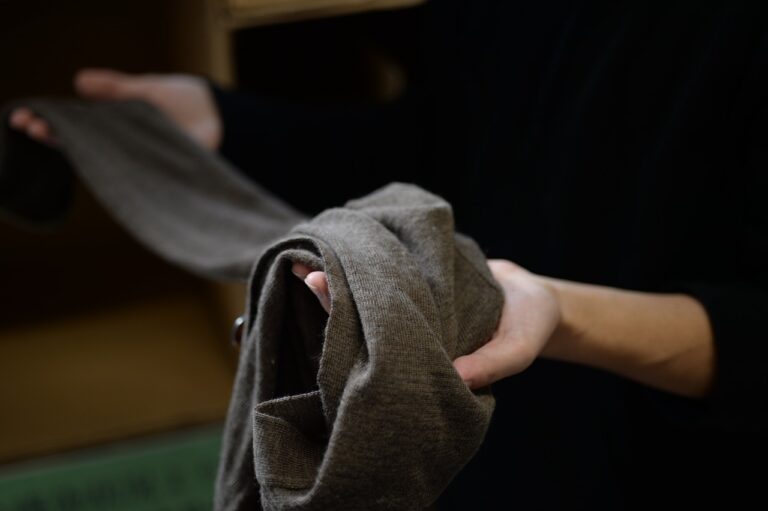The Future of Sustainable Fashion: Closing the Loop on Textile Waste
Textile waste management poses a significant challenge for the fashion industry, given its detrimental impact on the environment. The fast fashion culture has led to an increase in textile waste generation, with large quantities ending up in landfills or incinerators. Inefficient waste disposal processes and lack of proper recycling infrastructure further exacerbate the problem, contributing to pollution and resource depletion.
Moreover, the complex nature of textile materials, which often consist of various synthetic and natural fibers blended together, makes it difficult to recycle them efficiently. Separating and processing these mixed fibers to create new textiles is a time-consuming and costly process, hindering effective waste management strategies. As a result, the fashion industry struggles to find sustainable solutions to reduce textile waste and minimize its environmental impact.
Current Trends in Sustainable Fashion
Sustainable fashion has been gaining momentum in the apparel industry with an increasing number of brands incorporating eco-friendly practices into their production processes. Consumers are becoming more conscious of the environmental impact of their clothing choices, leading to a demand for sustainable fashion items. This shift in consumer behavior has prompted many fashion labels to prioritize using organic and recycled materials, as well as embracing ethical manufacturing practices.
Moreover, the rise of upcycling and clothing rental services has revolutionized the way people consume fashion. Upcycling involves transforming old or discarded garments into new pieces, reducing waste and promoting creativity in design. Similarly, clothing rental services offer a more sustainable alternative to traditional retail, allowing consumers to access designer pieces for a fraction of the cost and reducing the need for constant consumption of new clothes.
Innovative Materials in Sustainable Fashion
Sustainable fashion continues to evolve with the integration of innovative materials that prioritize environmental responsibility. One such material gaining popularity is Pix, a sustainable alternative to leather made from pineapple leaf fibers. This cruelty-free and bio-degradable material offers a chic and eco-friendly option for designers in the fashion industry.
Another noteworthy material paving the way in sustainable fashion is Tencel, a fiber derived from wood pulp sourced from sustainably managed forests. Known for its softness and breathability, Tencel is not only gentle on the skin but also on the planet. Designers are increasingly turning to Tencel to create luxurious and environmentally conscious clothing pieces, highlighting the shift towards more sustainable practices in the fashion world.
Pix, made from pineapple leaf fibers, is a sustainable alternative to leather
Cruelty-free and bio-degradable material
Offers chic and eco-friendly option for designers in the fashion industry
Tencel, derived from wood pulp sourced from sustainably managed forests
Known for its softness and breathability
Gentle on the skin and on the planet
Designers using Tencel to create luxurious and environmentally conscious clothing pieces
What are some challenges in textile waste management in the fashion industry?
Some challenges in textile waste management include the high amount of clothing that ends up in landfills, the use of non-biodegradable materials, and the lack of recycling infrastructure.
What are some current trends in sustainable fashion?
Some current trends in sustainable fashion include upcycling old clothing, using organic and eco-friendly materials, and promoting fair wages and working conditions for garment workers.
Can you provide examples of innovative materials in sustainable fashion?
Yes, some examples of innovative materials in sustainable fashion include pineapple leaf fiber (Pix), recycled plastic bottles, and mushroom leather (mycelium).
How can the use of innovative materials help promote sustainability in the fashion industry?
The use of innovative materials can help reduce the industry’s reliance on traditional, resource-intensive materials like cotton and polyester, as well as decrease the amount of waste generated during the production process.







